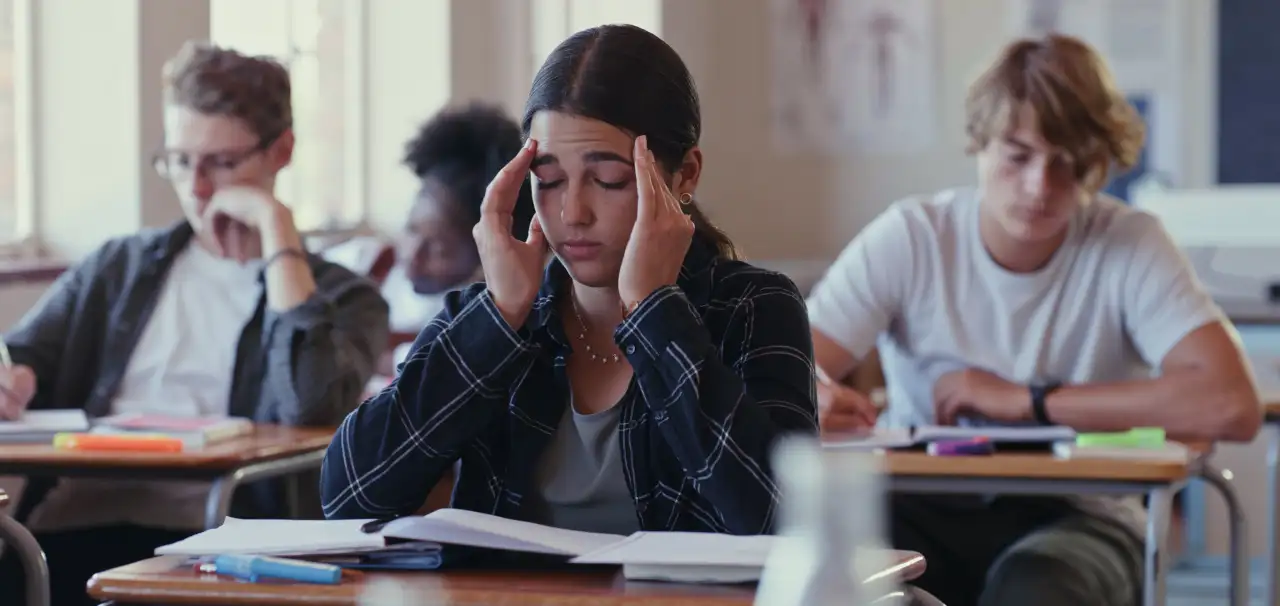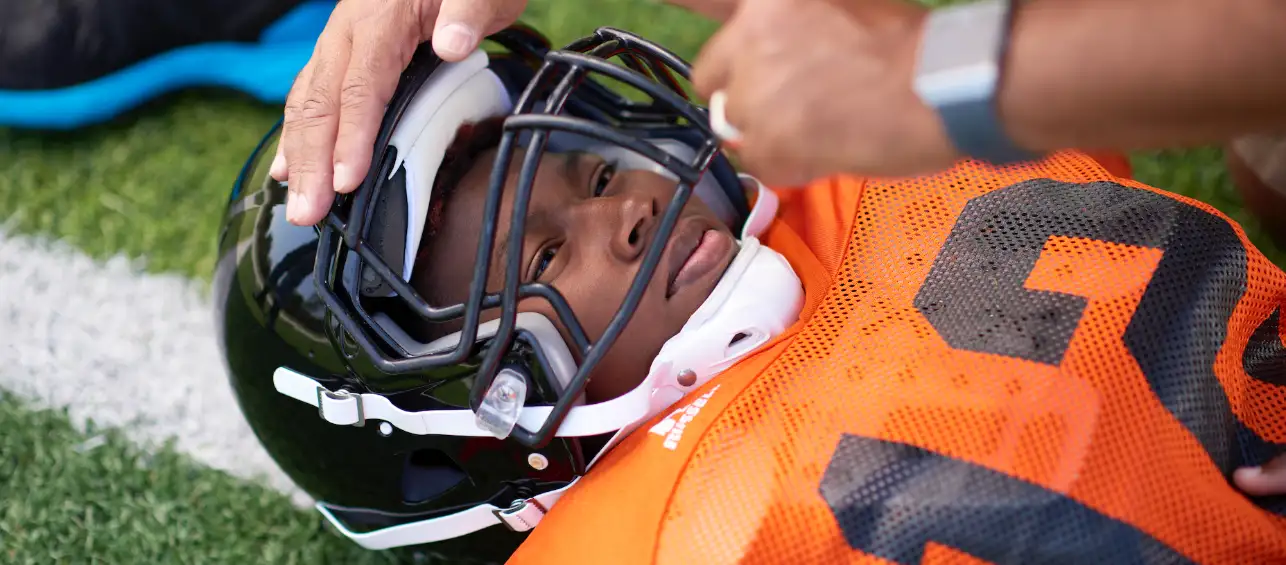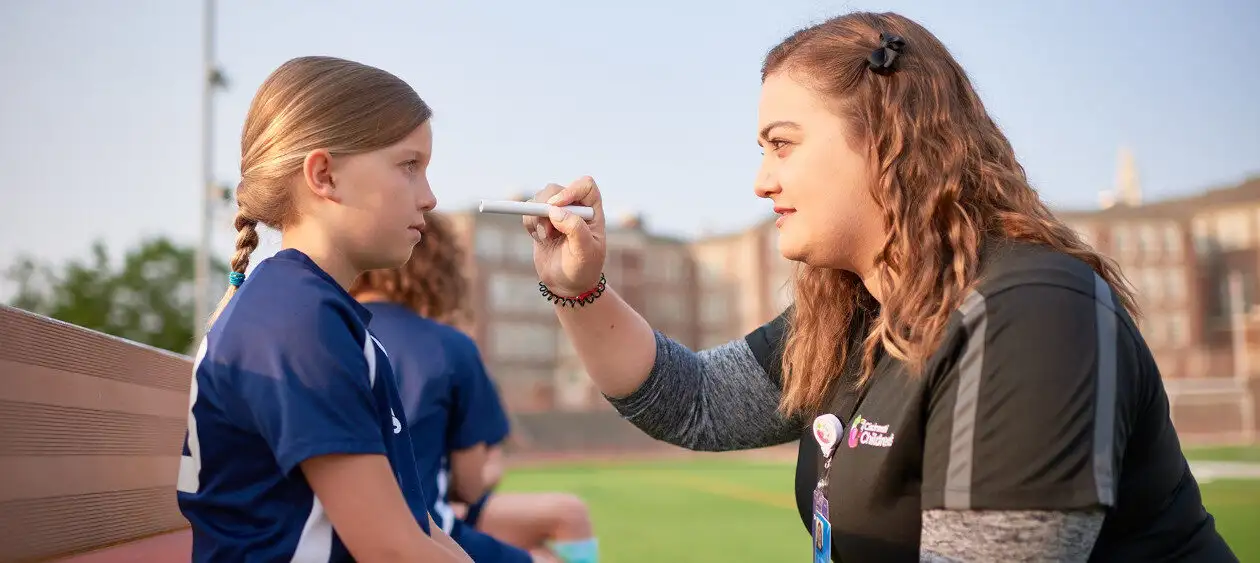If your child has had a concussion, you likely have a flurry of thoughts, worries, and perhaps even some misconceptions running through your head. At the top of that list is probably how to manage the return to school.
Returning to school following a concussion is not straightforward, as every concussion is different and every kid is unique. As a school liaison, I help families through this process in the BRAIN Health and Wellness Center. They may come to us after visiting the Emergency Department, inpatient rehab unit, their pediatrician, or self-refer because their child’s condition isn’t improving. Here are some of the key considerations I discuss with them:
1. Understanding the importance of rest
Overall, when kids are recovering from a concussion, we have to find the right balance between rest and activity. Not doing too little for too long, and not doing too much too soon. This is difficult for many kids, as they often want to push through their symptoms. However, pushing through will actually delay their recovery. Rest is important because during a concussion, there is an energy mismatch in the brain. All of the body’s energy is directed toward helping the brain repair itself. If kids don’t pace or make time for rest, the brain will take longer to recover.
Things like paying attention, listening, reading and processing information all require energy. If kids get headaches while doing this, their body is telling them that they’ve run out of energy and need a break.
2. Scheduling breaks
In that same vein, it’s critical for kids to take breaks once they’re back at school. This is particularly important if they are having symptoms like headaches. I recommend for kids to schedule their breaks ahead of time to help hedge the symptoms. It doesn’t have to be fancy; they can step out in the hallway for 10 minutes or even put their head down at their desks. I like to tell kids to think of these breaks as just as important as their algebra class.
3. Determining how much school
One of the main issues with returning to school is figuring out how much school to start with and a schedule that works. When kids are having symptoms, they may only be able to tolerate a short time at school. This can make it difficult to keep up with academics. Often doctors recommend partial days to start. We suggest keeping a consistent schedule, rather than switching between mornings and afternoons. This is because when they’re recovering, it’s helpful to have consistent wake times and routines.
4. Reducing work vs extending deadlines
As kids get back into the classroom, we think it’s important to focus on reducing the school work, rather than extending deadlines and makeup work. If the volume is not cut, the deadlines keep getting extended and kids feel like they won’t ever catch up. This makes them feel more stress, which is going to make their recovery longer.
Similarly, we recommend kids attempt to take tests as a part of their recovery. Avoiding test taking while recovering from a concussion can cause more stress in the long run because a backlog starts to develop. We suggest attempting them, and if they score poorly, seeing if they could have the opportunity to fix it or take it again. This approach helps students get back into the swing of things. However, they shouldn’t be tested on the material they missed; but rather, beginning to take tests on the lessons that they attended in class.
5. Managing light sensitivity after a concussion
Many kids are sensitive to light following their concussion. Bright lights in a classroom and screens can be a trigger for symptoms. But returning to more normal activities also includes slowly reintroducing screen usage. In schools today, devices are used so frequently that completely avoiding them is impossible. Starting with small chunks of screen time as tolerated is recommended with pacing breaks, as well as having the option to have assignments printed or online work exempted. Wearing sunglasses while at school and dimming the brightness on devices both can help as well.
6. Partnering with the school and teachers
Returning to school goes the most smoothly when there is good partnership and communication between families, teachers and administrators. We encourage families to reach out to their teachers or a good point person at the school as soon as possible to explain the student’s situation and needs. Using a consistent form of communication (such as a shared Google Doc, agenda check-in or set weekly email) is key. In addition, I recommend asking for their grace, empathy, and patience. Often when kids go back, they look fine on the outside but are struggling on the inside. It takes time. If there are concerns, either from the family’s or school’s perspective, we can get involved as a liaison to help bridge that gap.
7. Encouraging healthy habits
What’s good for the body is good for the brain. When kids take care of themselves, it gives the brain the support and energy it needs to repair itself and learn. Encouraging good sleep hygiene, drinking enough water, and eating healthy foods will all go a long way to aid both recovery and learning.
In general, most kids who have a concussion will be able to gradually return to school and activities after a few days of rest. Each kid may need adjustments to this overall approach to return to school and pace of return can be adapted to fit individual needs.
If you have concerns about your child’s recovery, or would like to learn more about our BRAIN and Wellness Center, please call 513-803-HEAD or fill out our online form.







This is such a valuable resource.